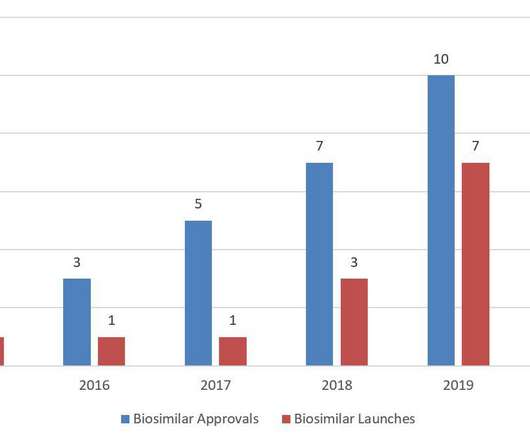Empowering Innovation: The Role of Intellectual Property in Technology Transfer
IP and Legal Filings
MAY 10, 2024
It’s the first important step towards protecting owner’s rights and its lawful public use. If IPR is not understood in technology transfer process, sharing of knowledge and invention faces legal challenges. Before the knowledge or invention is transferred, the owner must make sure they own rights over it.











Let's personalize your content